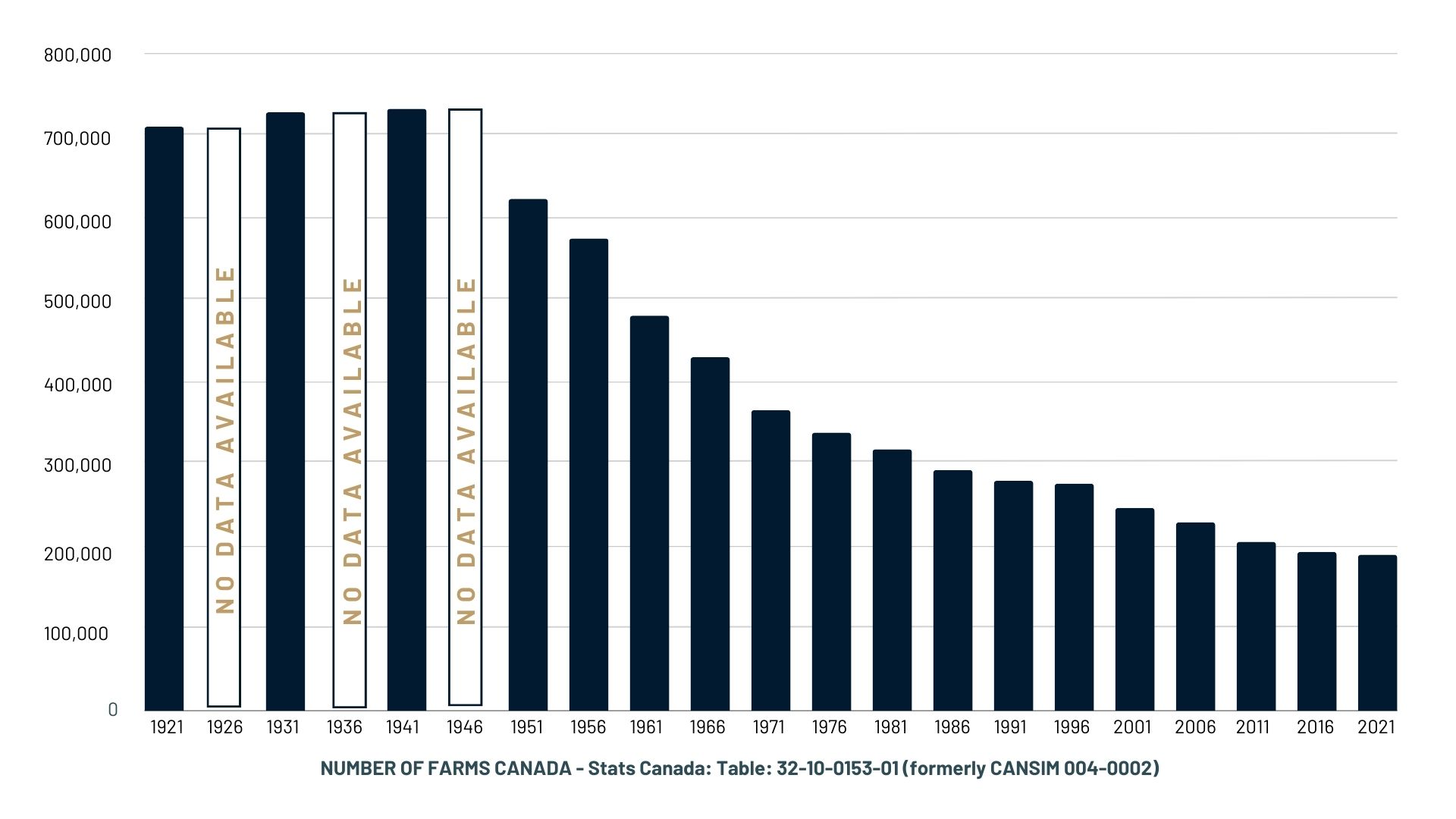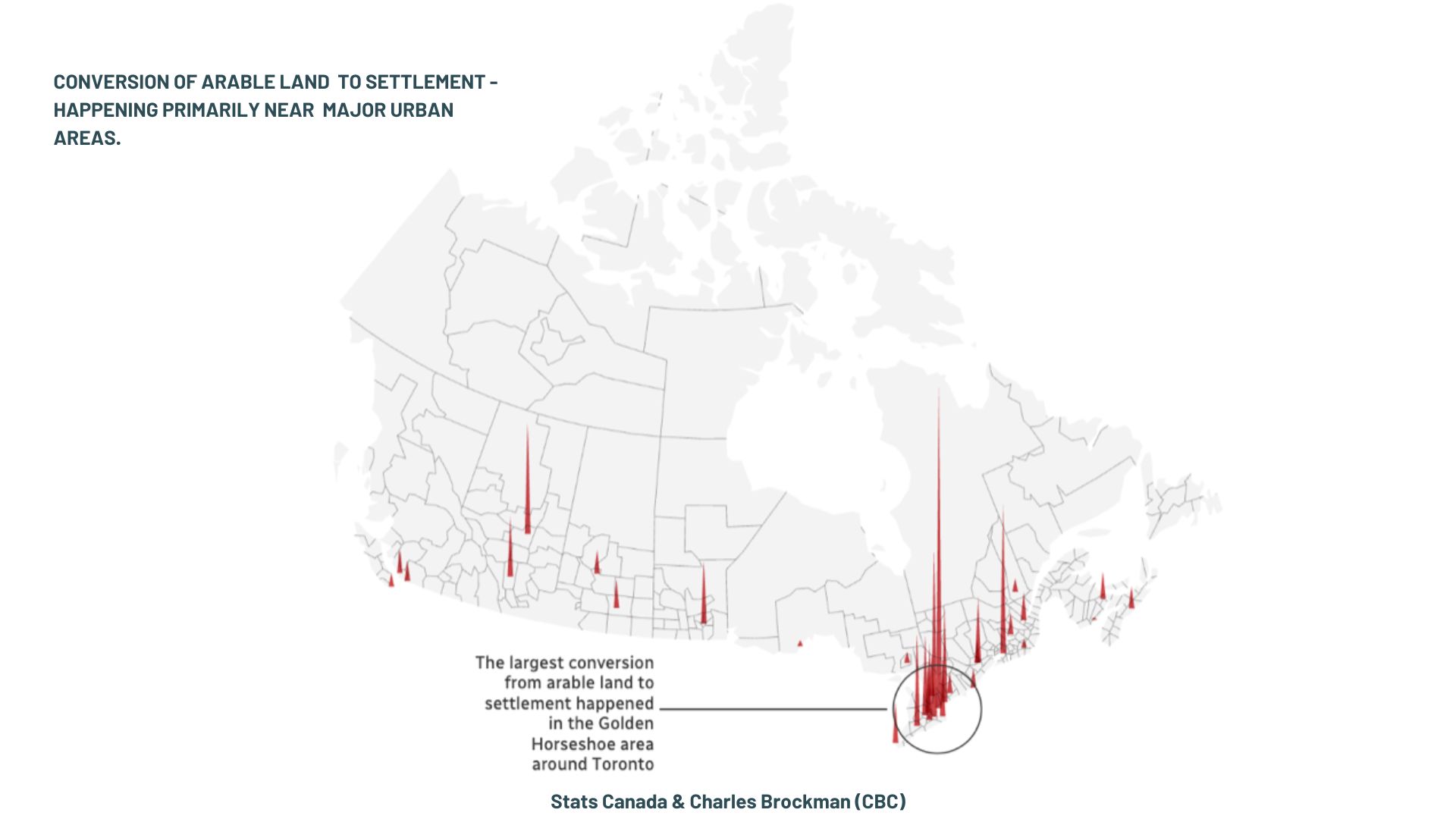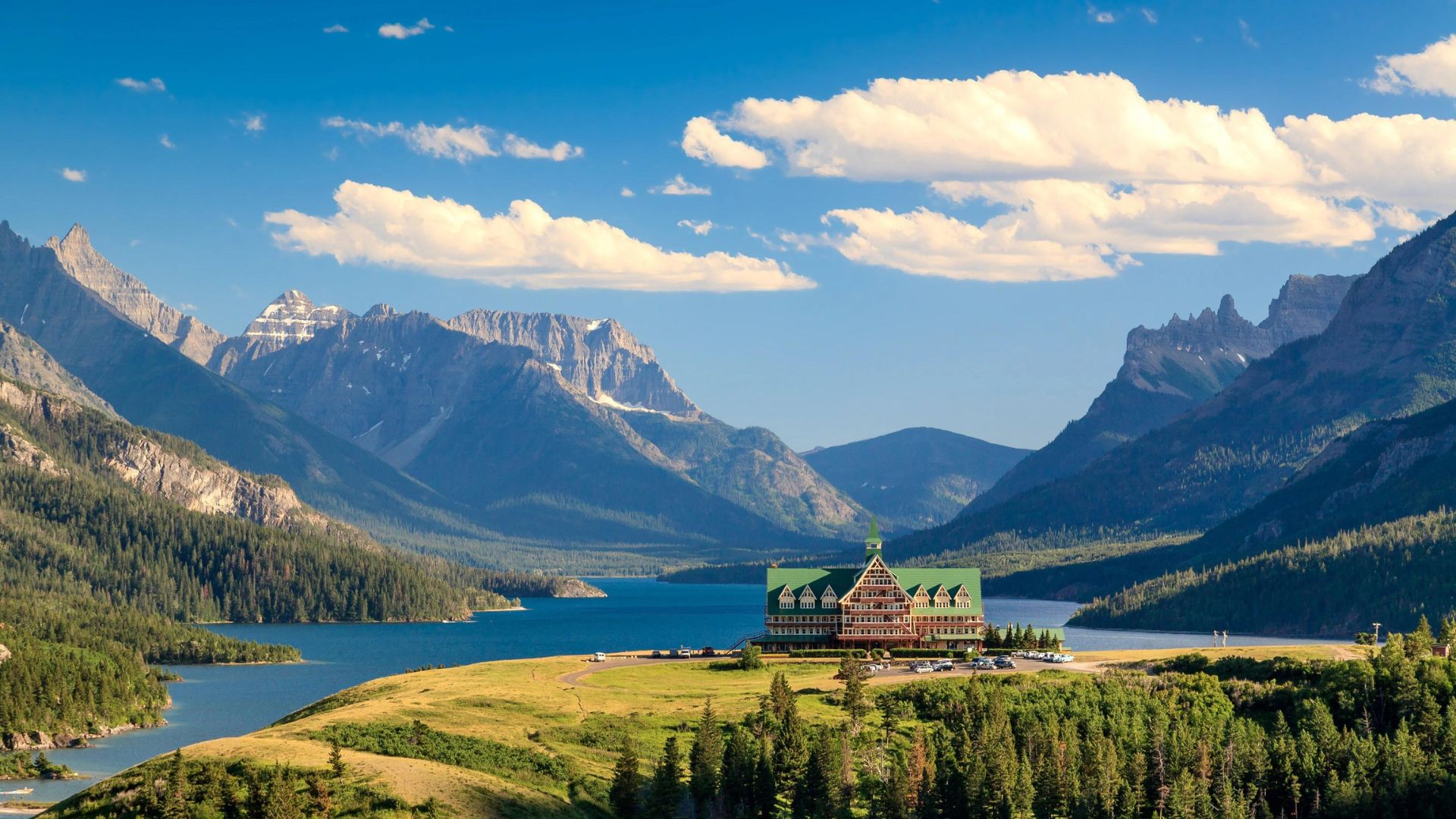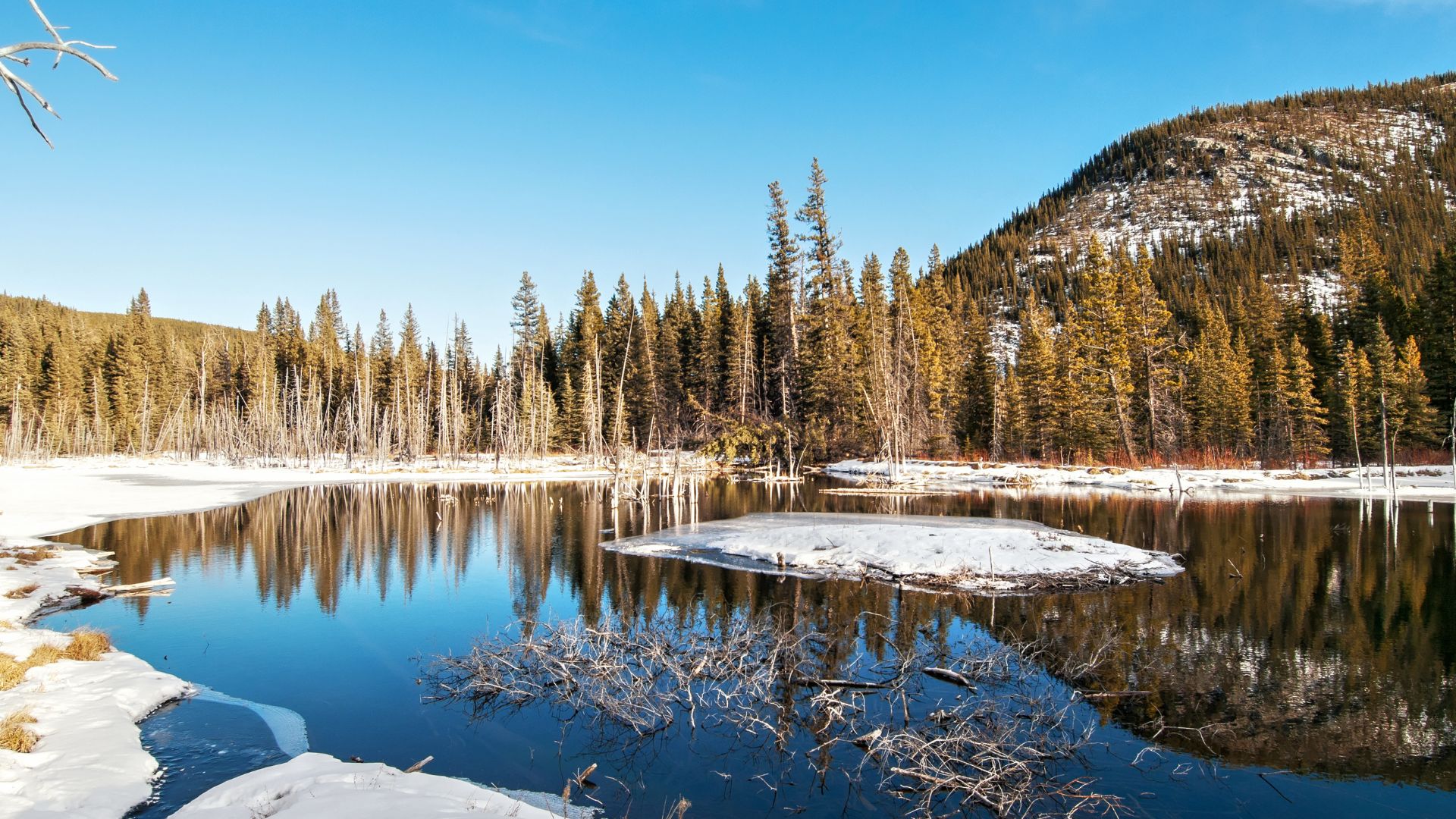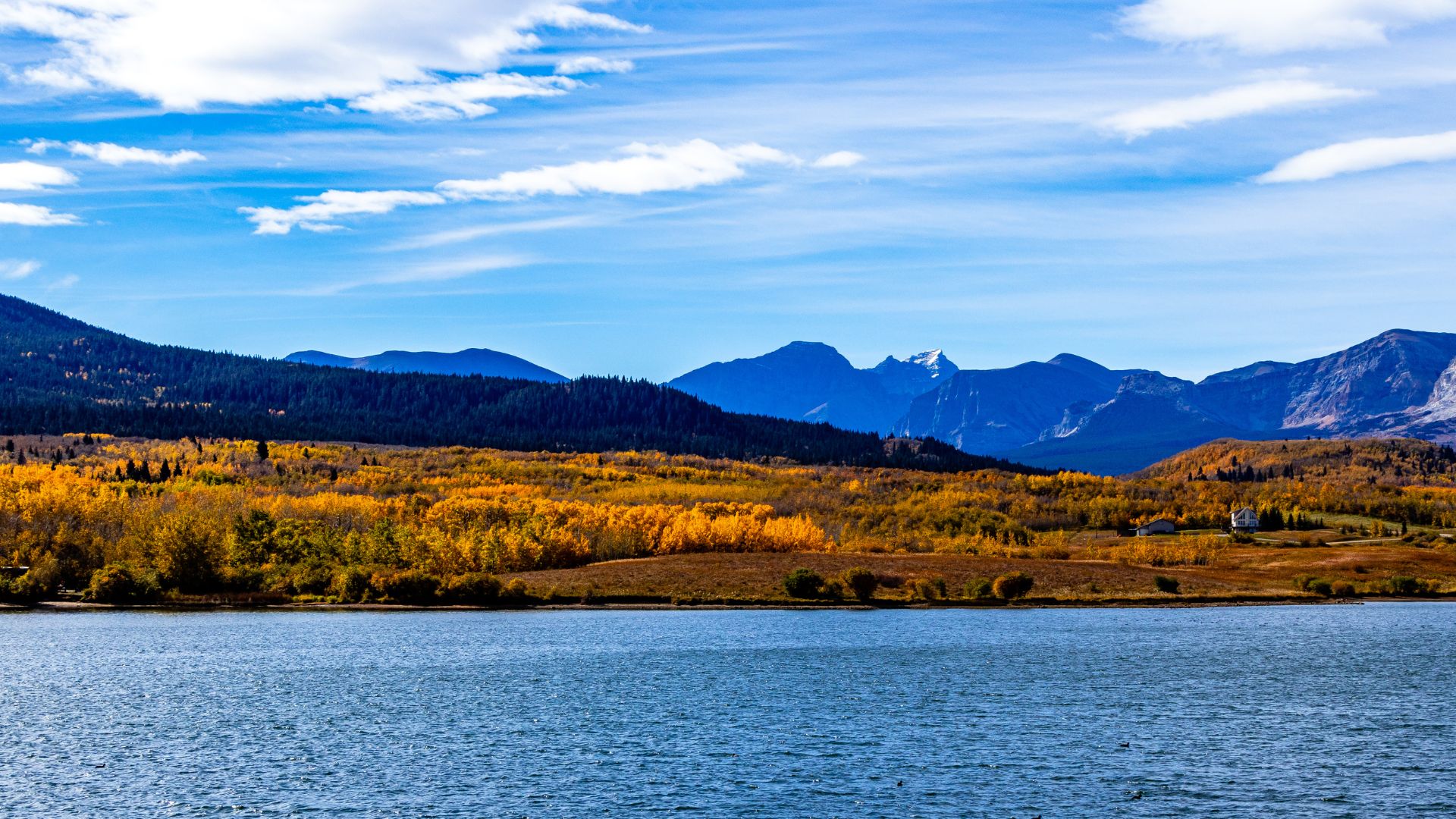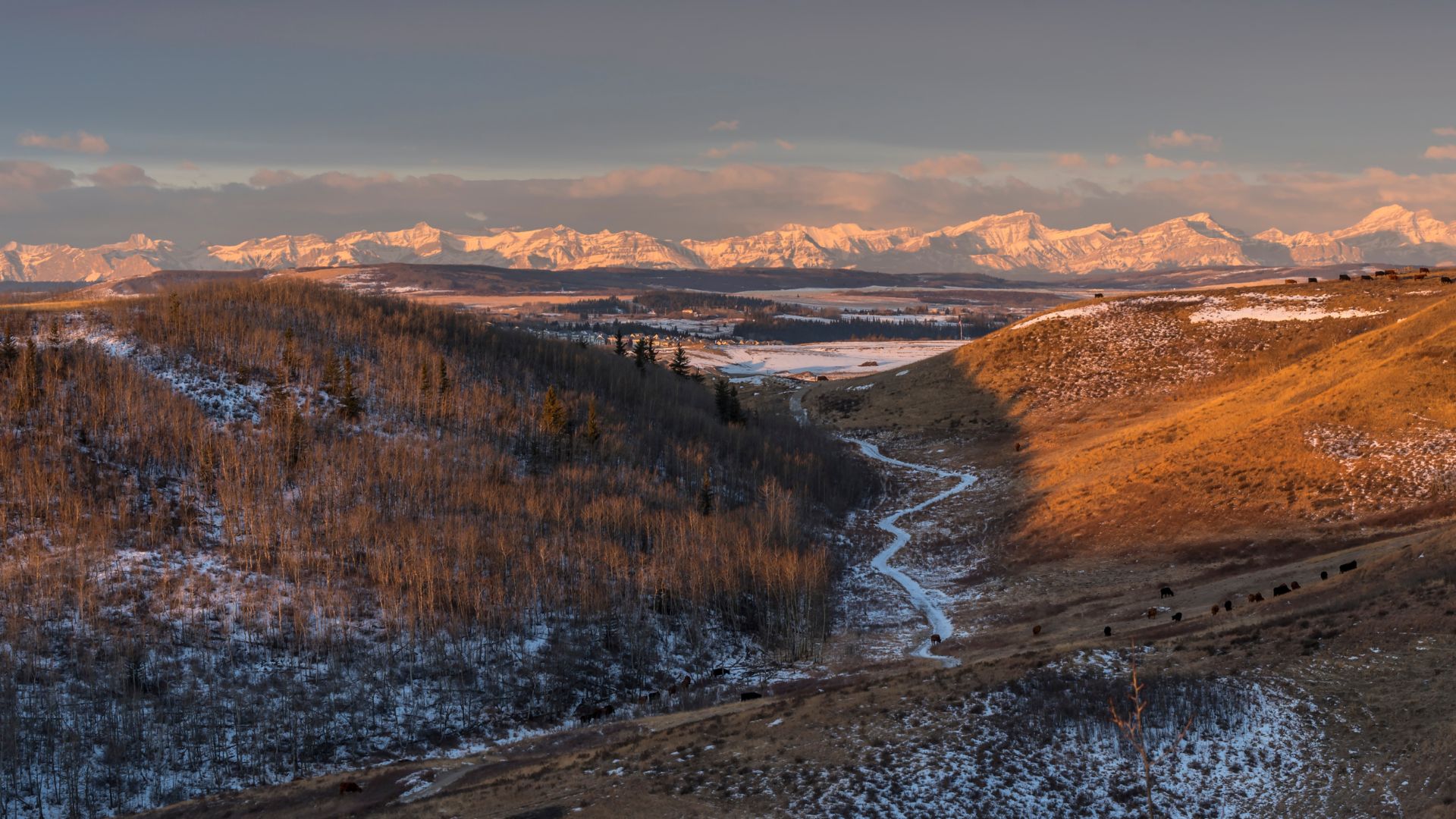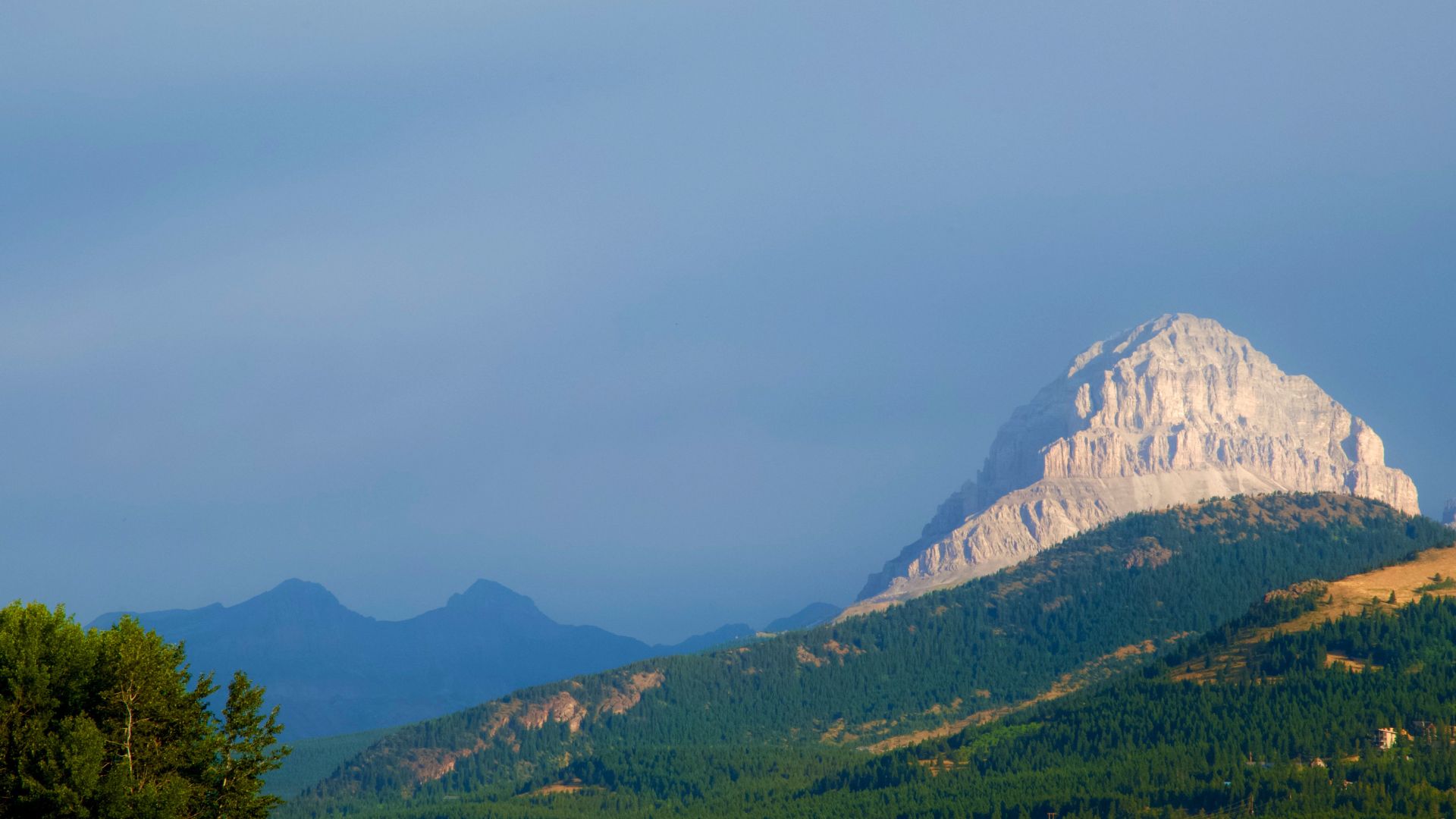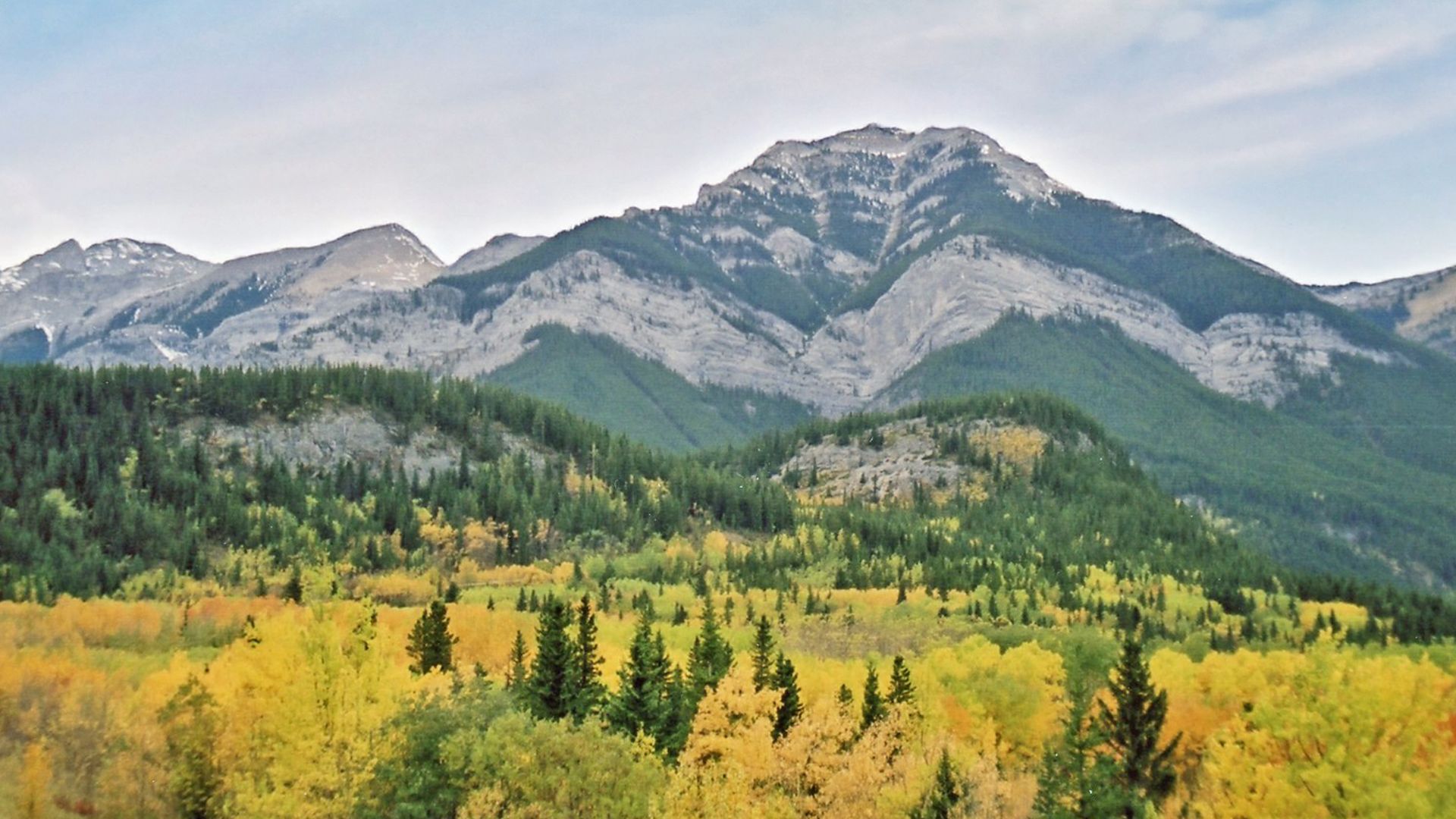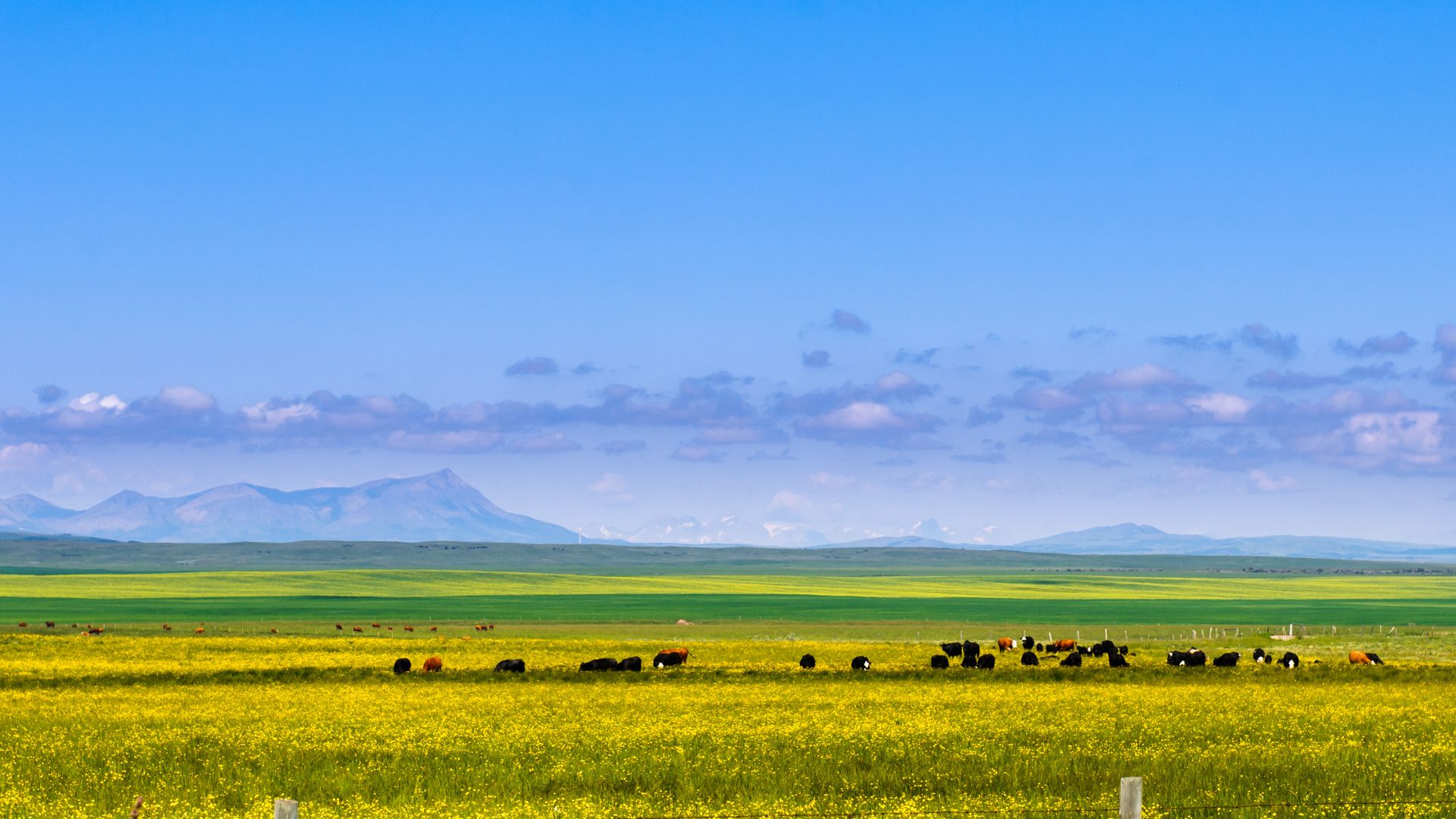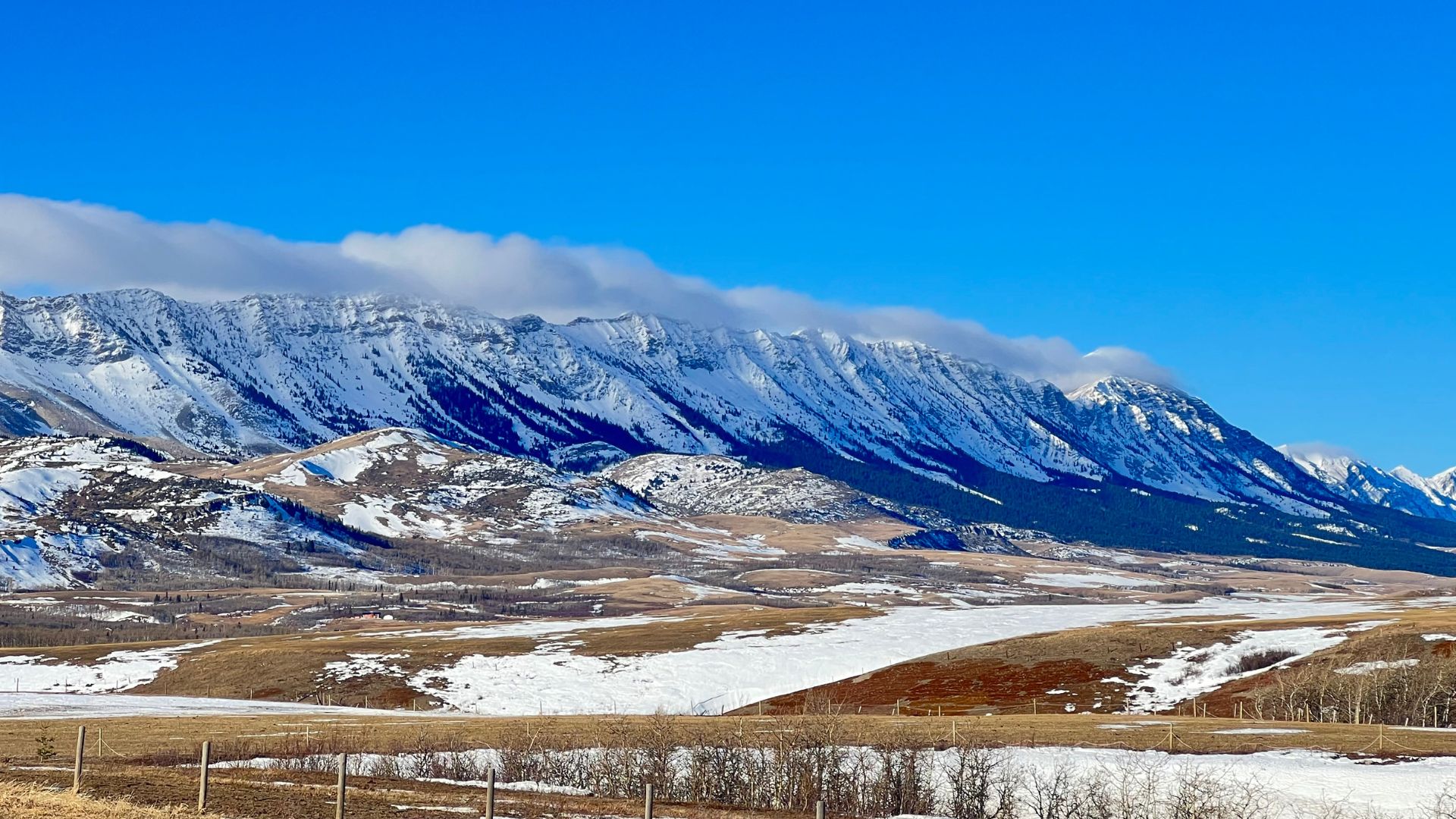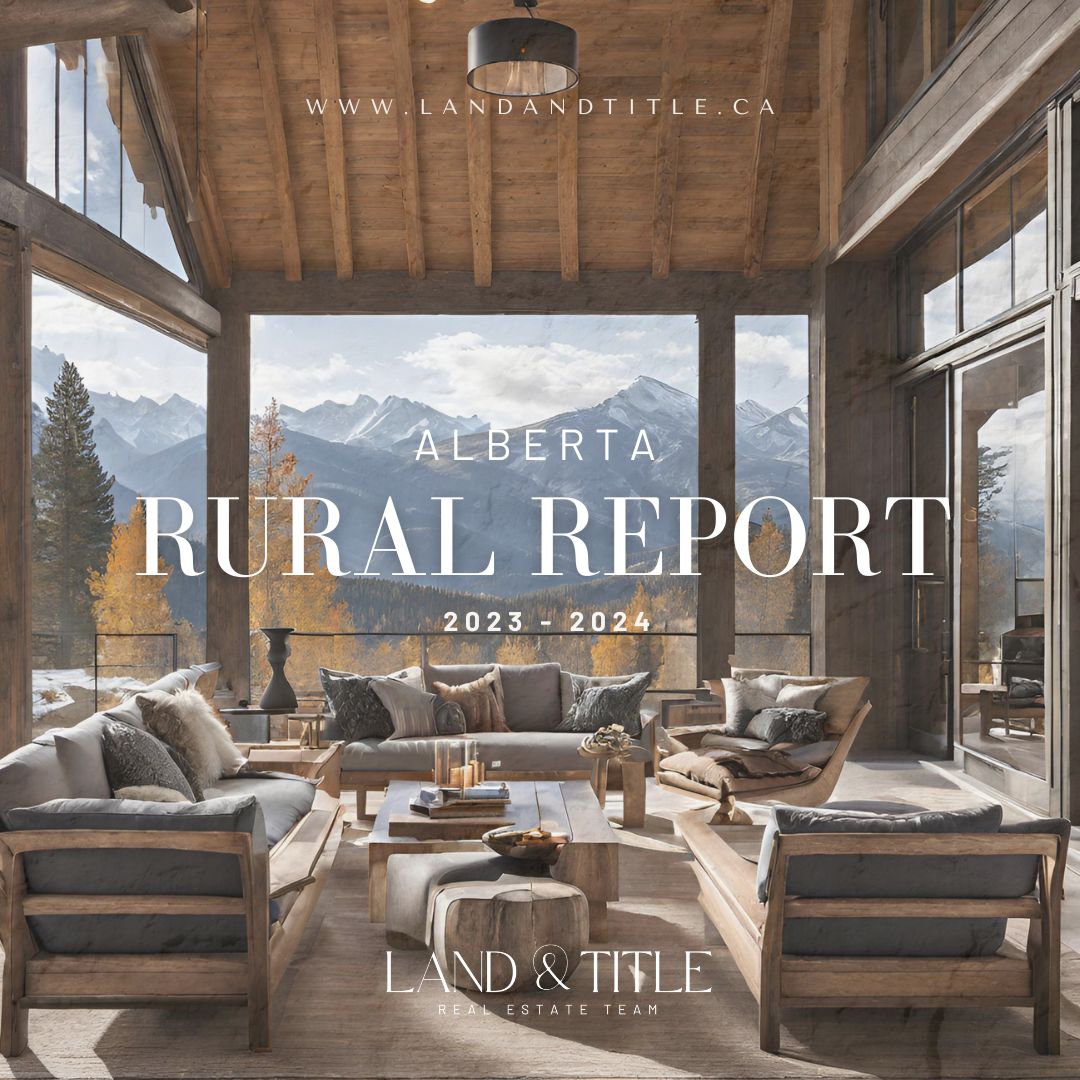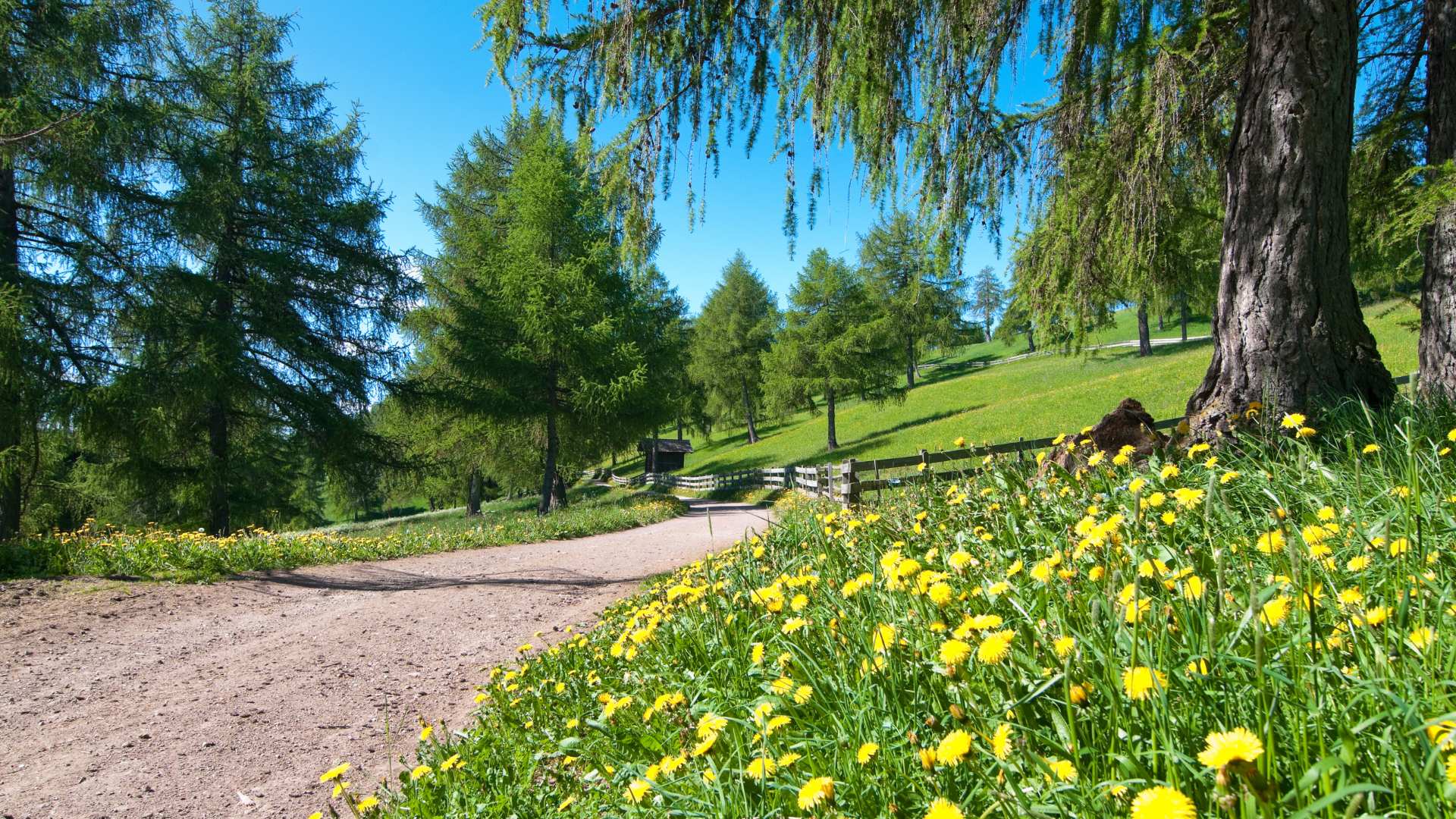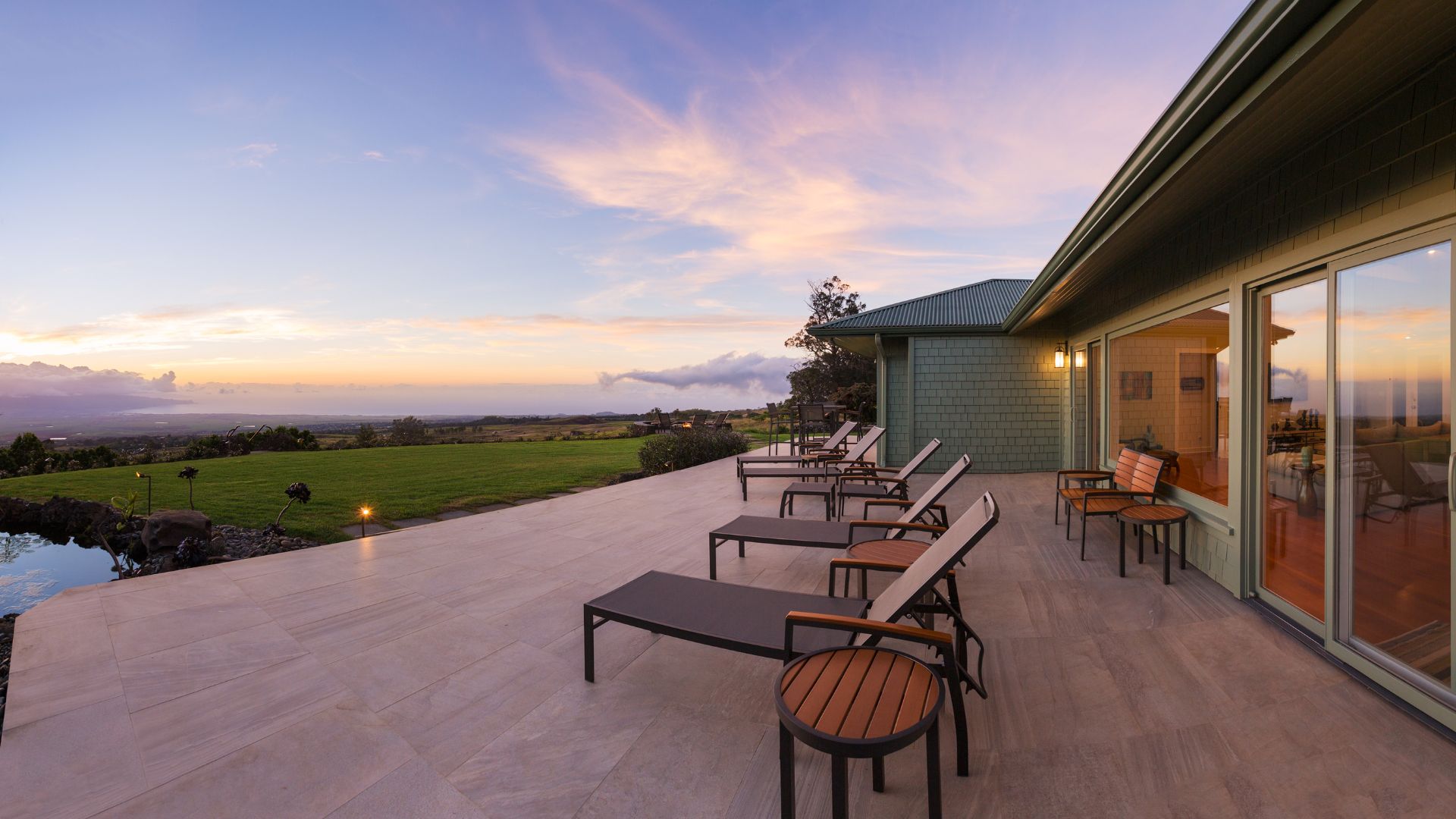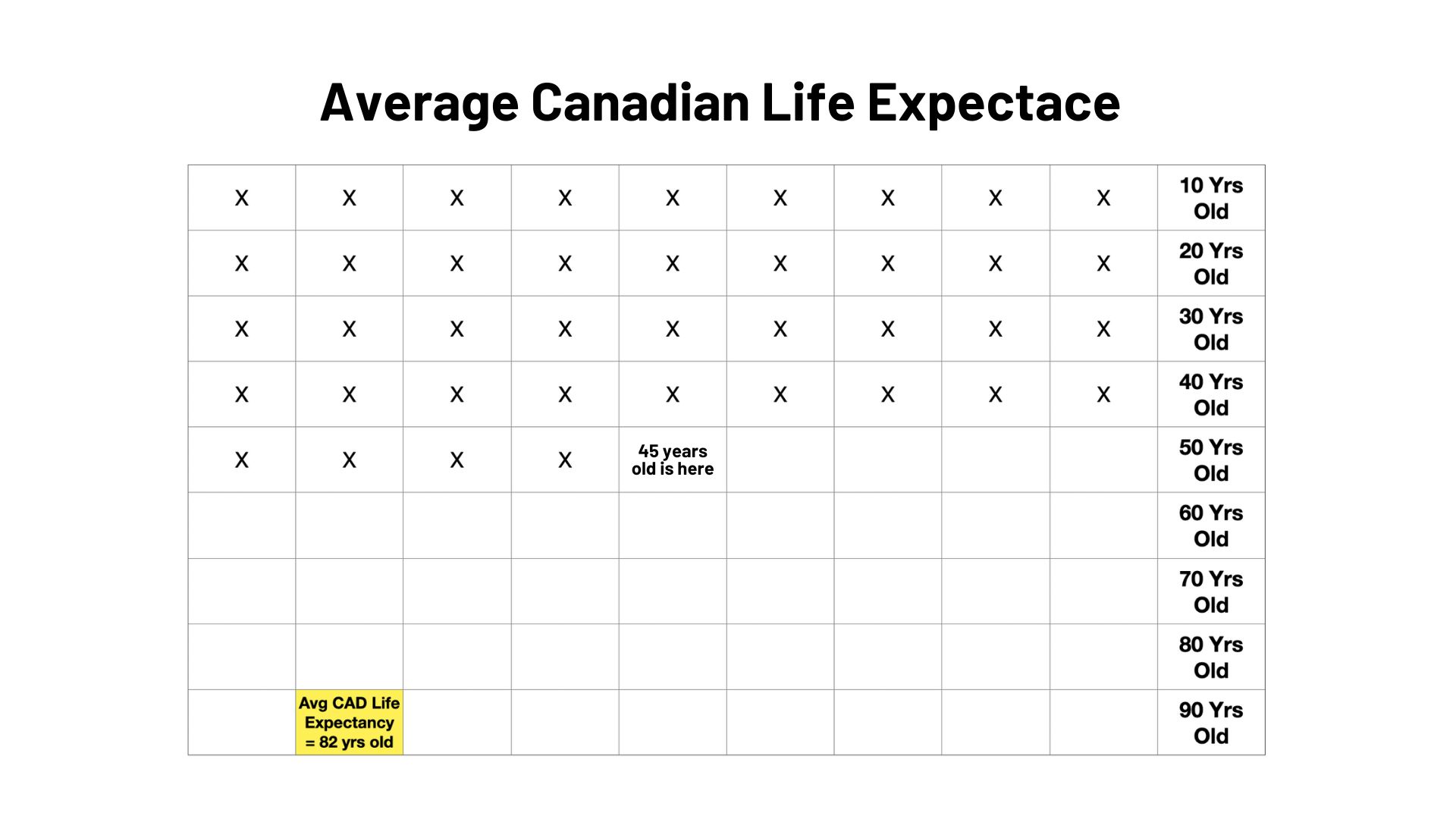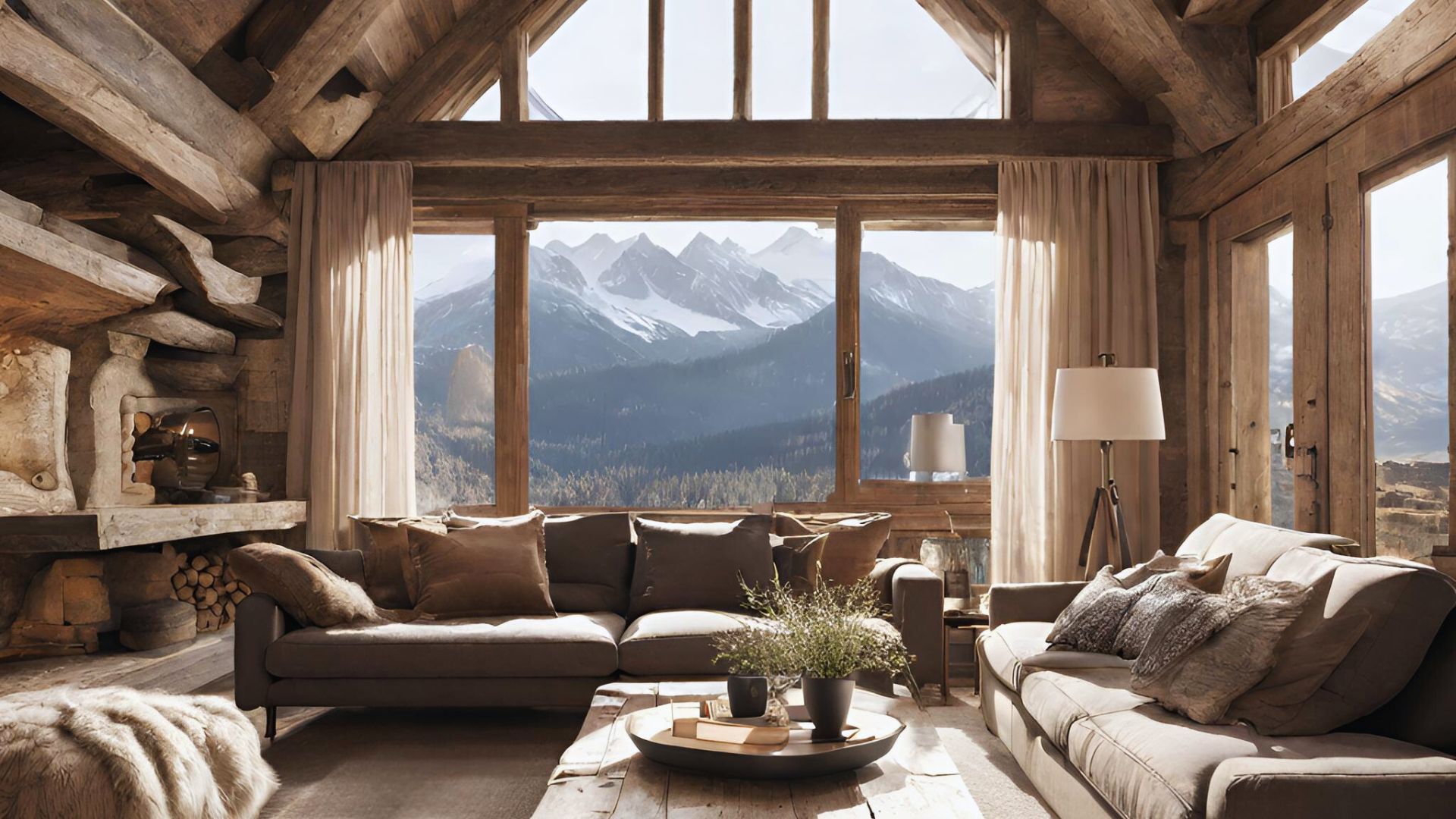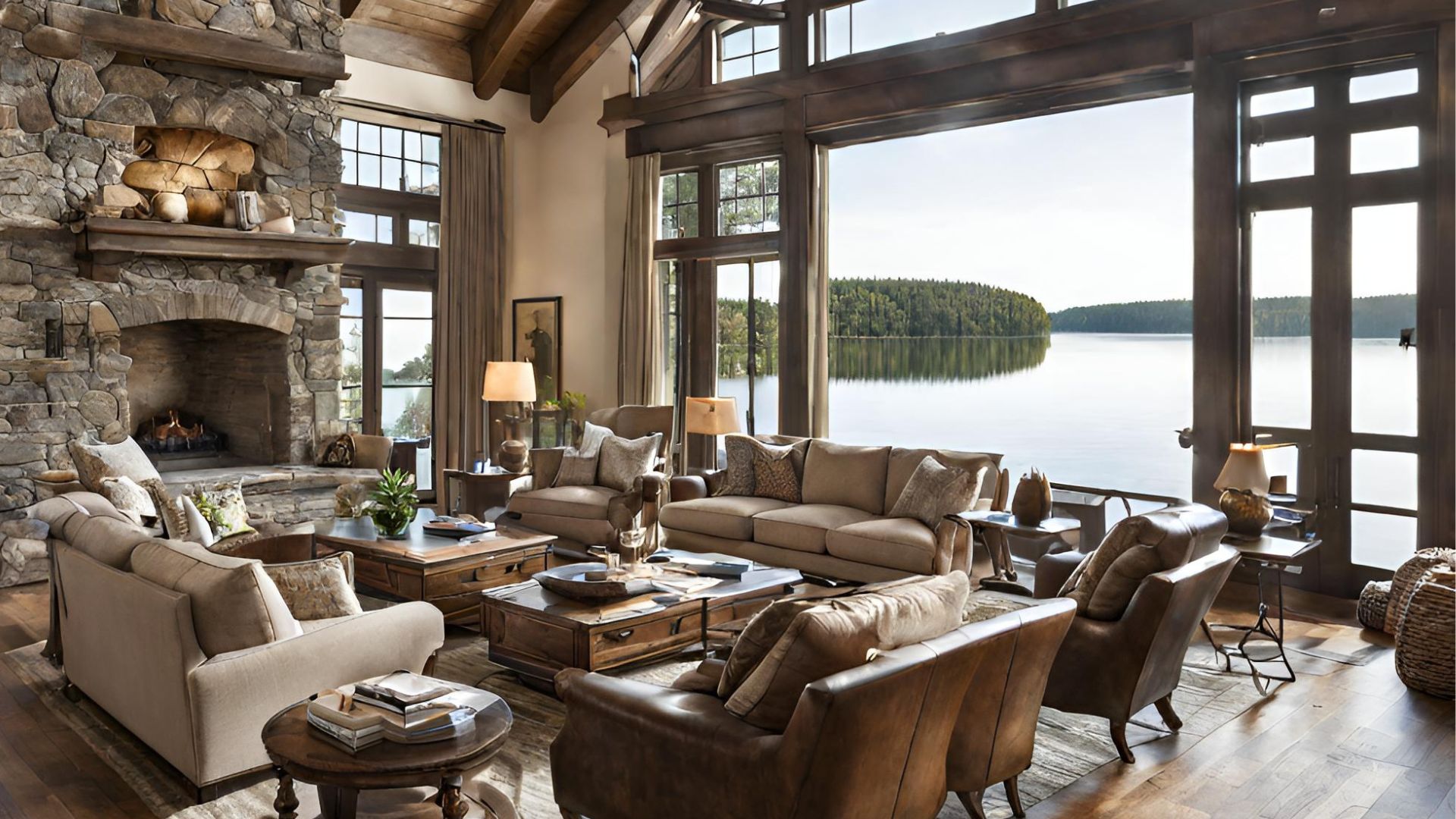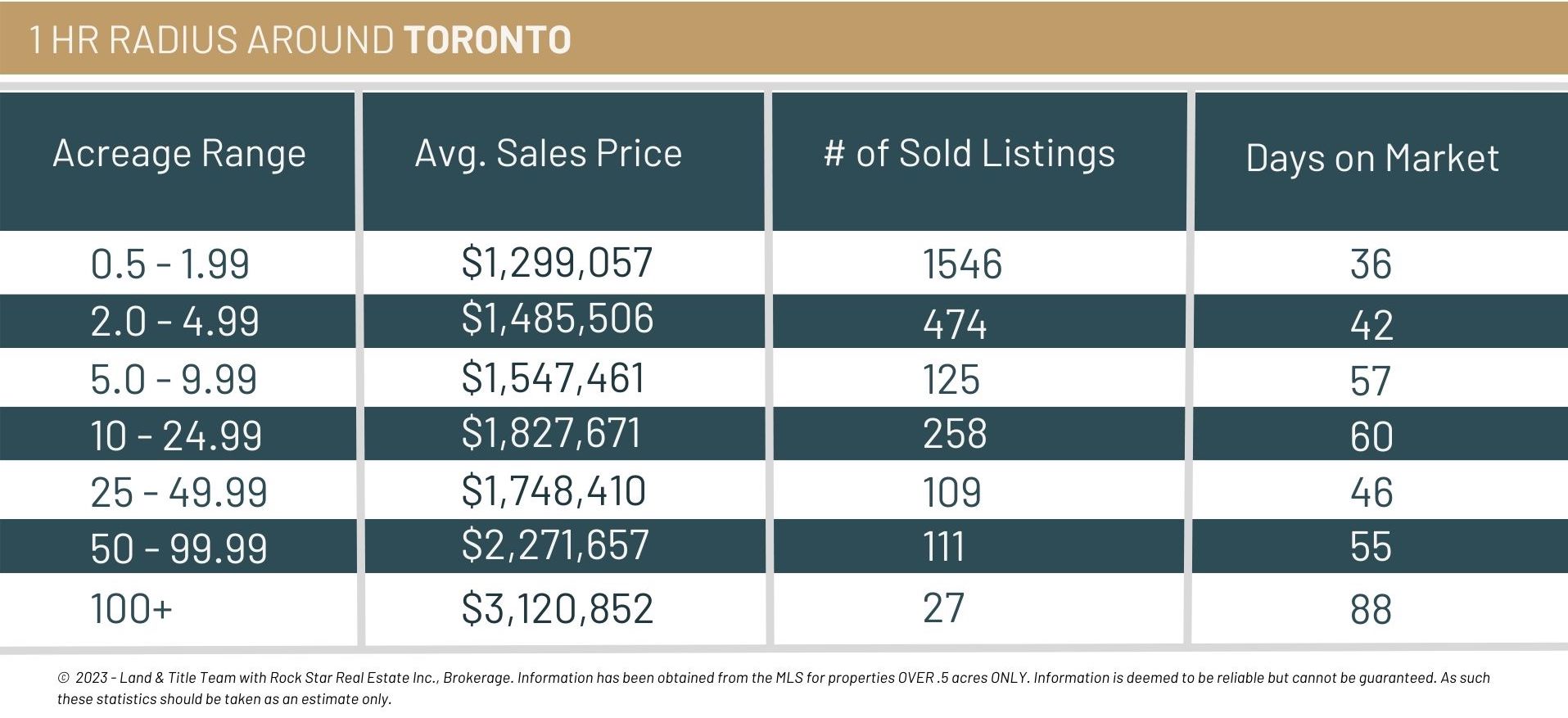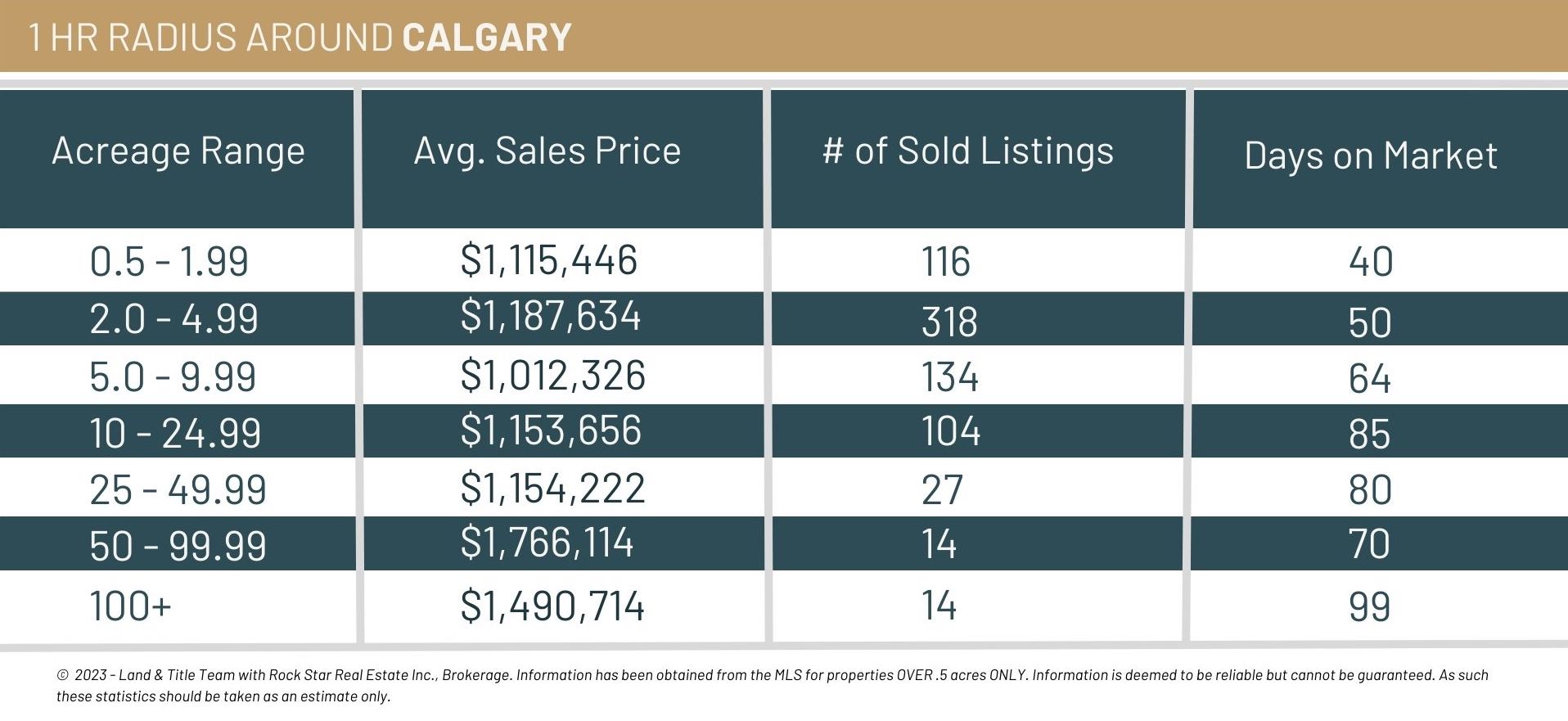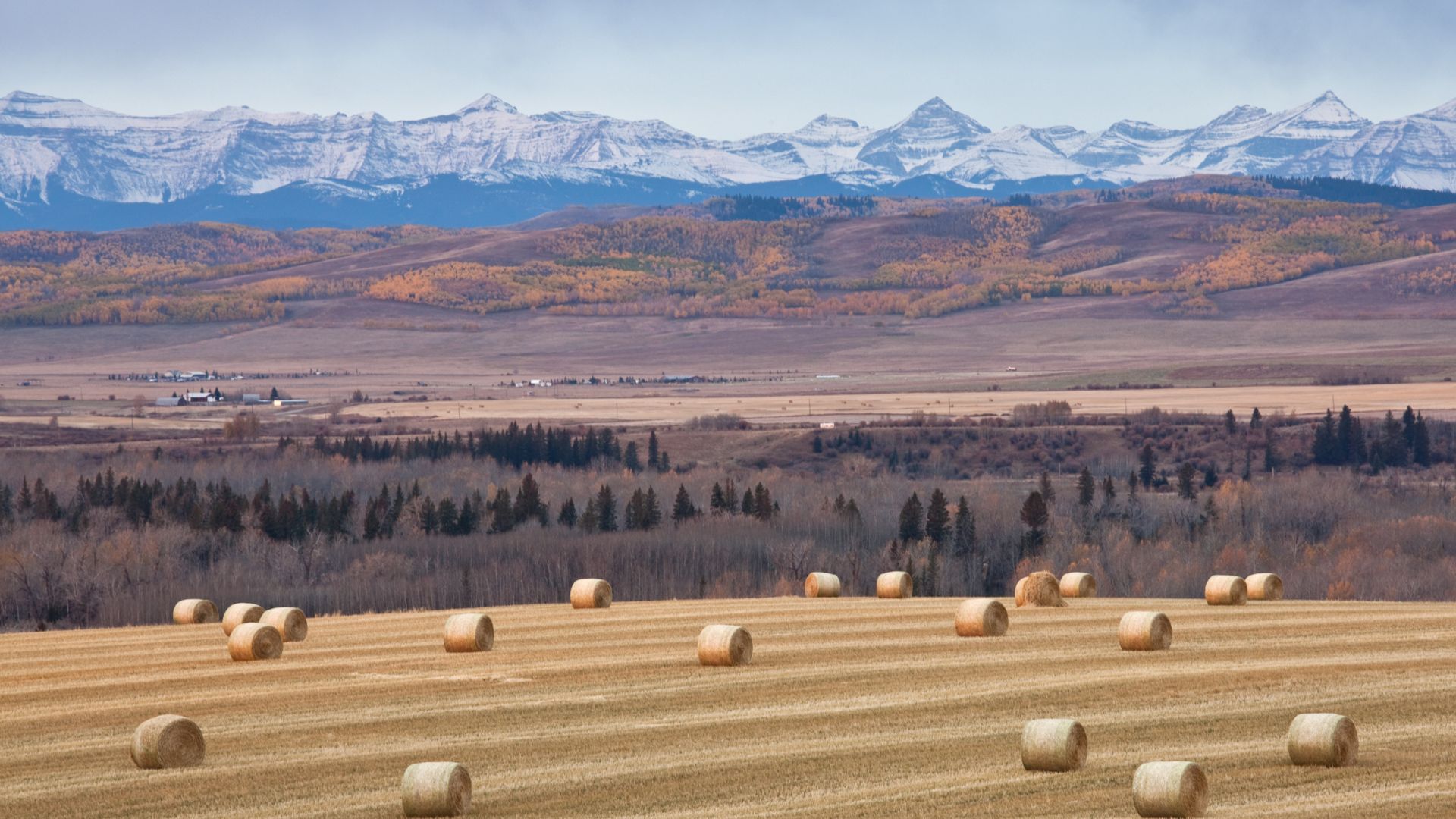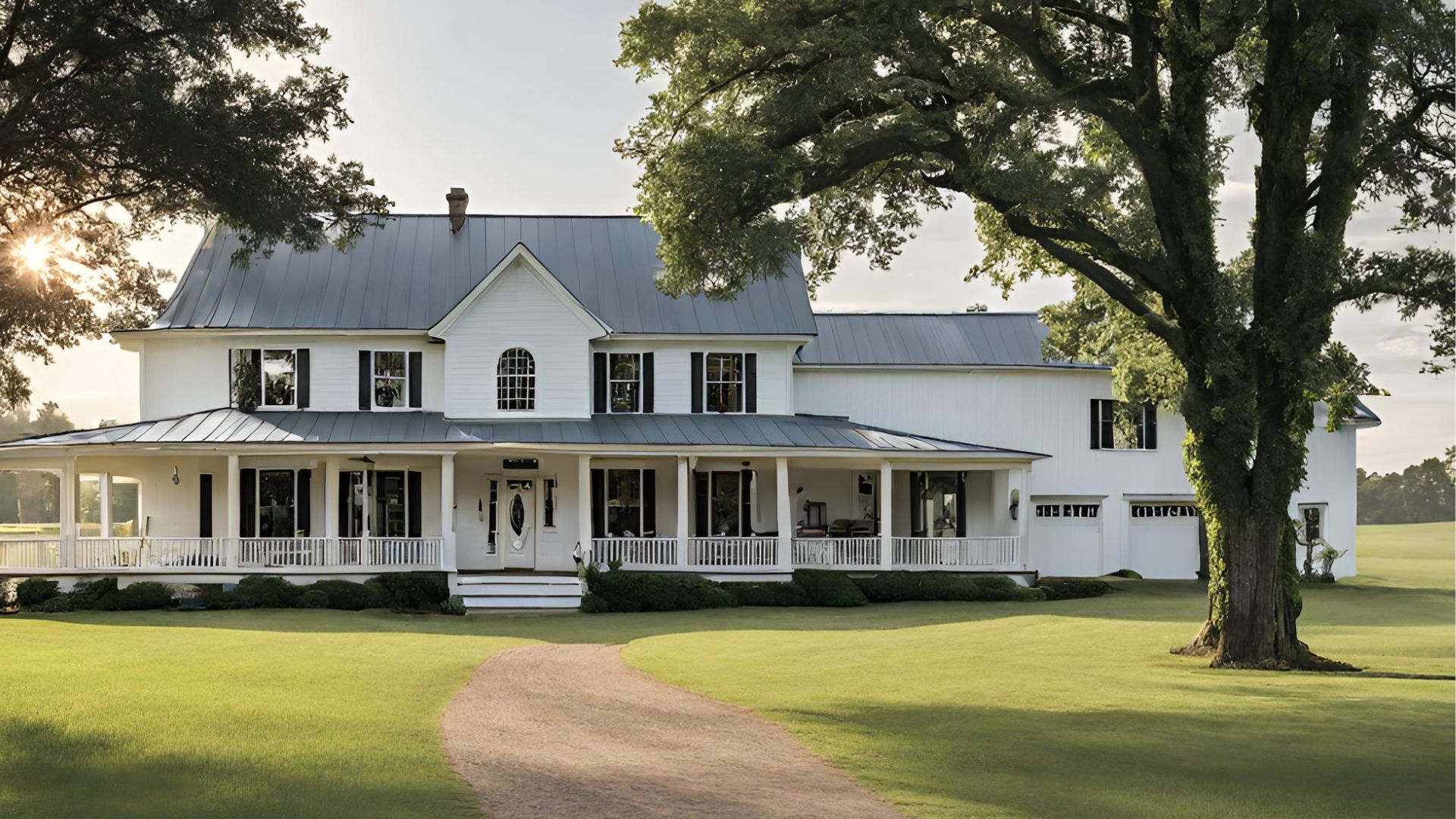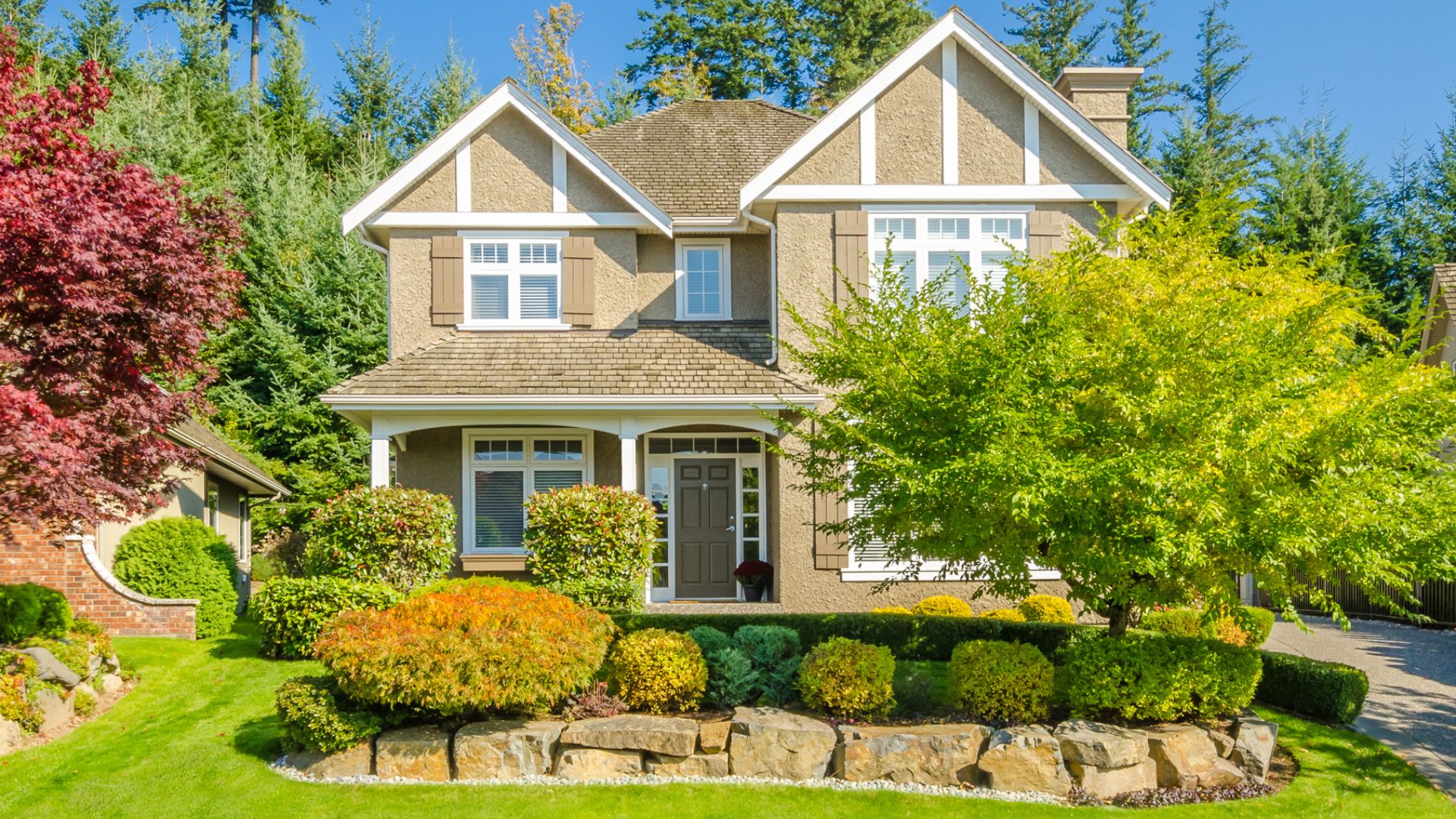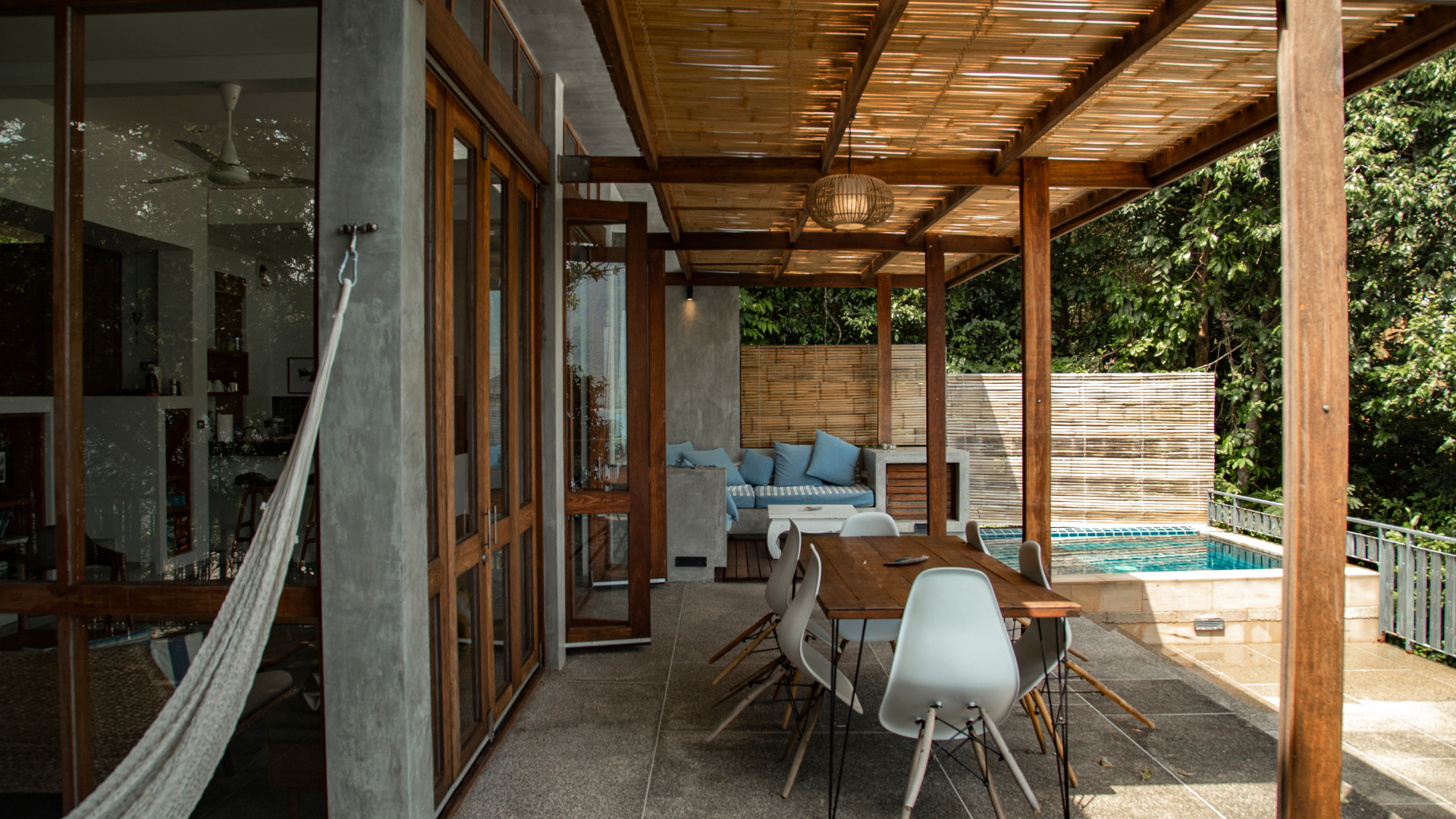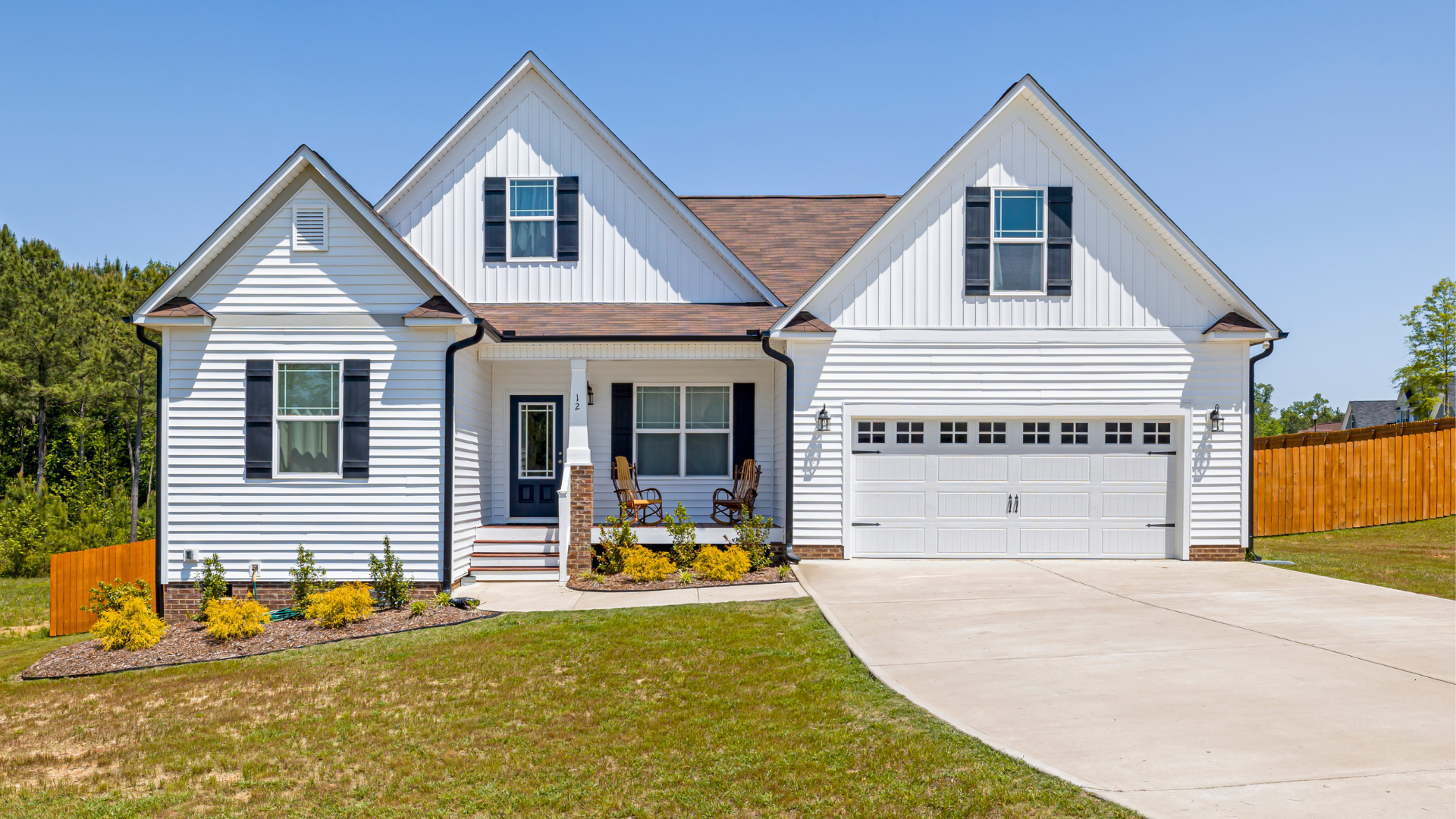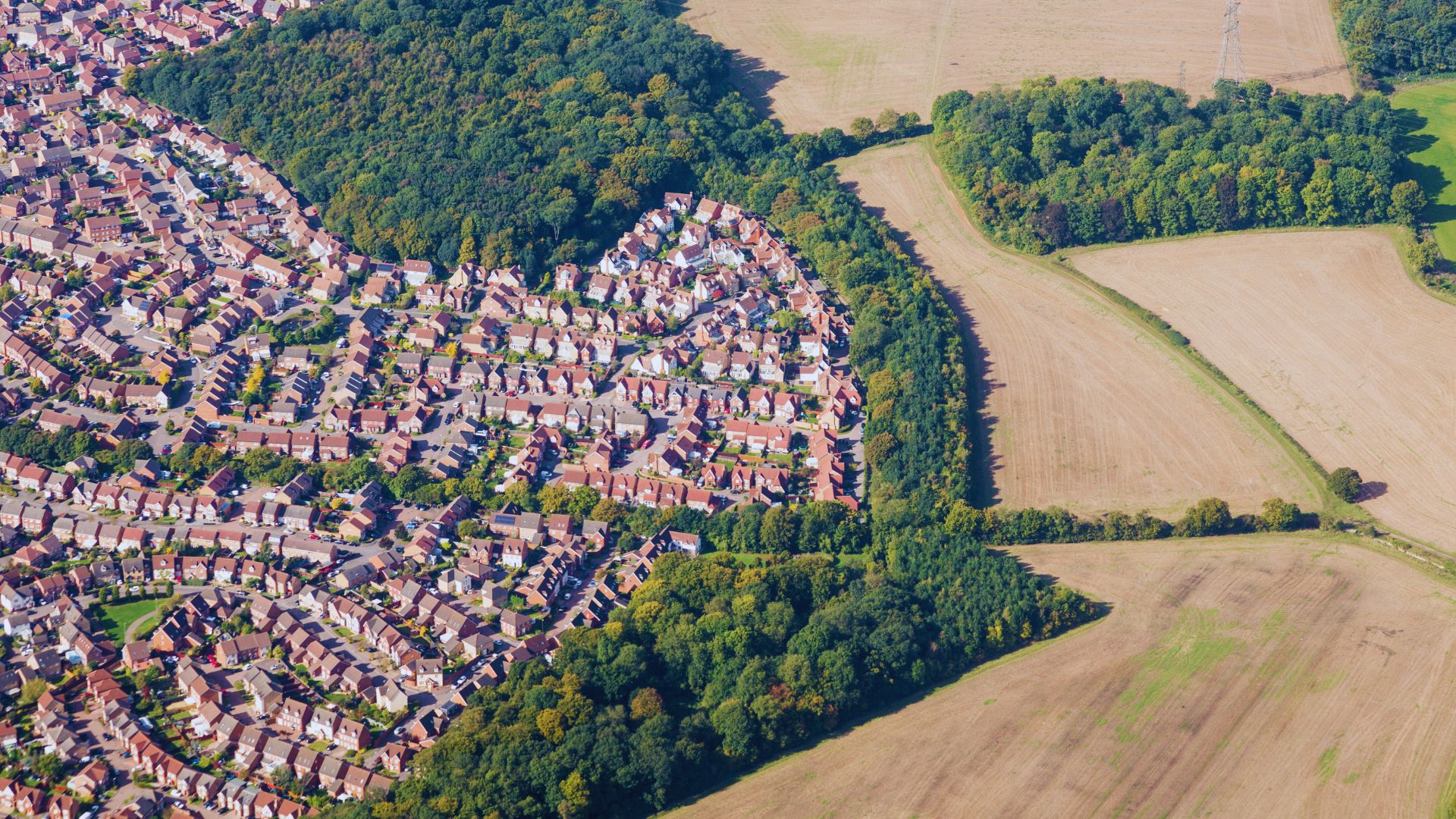
The Changing Landscape of Canadian Farms
What is Causing the Change to Canadian Farmland?
The total number of farms in Canada has been decreasing since 1941.
According to the latest Census of Agricultural data (2021), in just 5 years (since 2016) the number of farms has decreased by 1.6% and farmable area by 3.4% across the country.
To put that into acres, the total farmable area has fallen from 158 million acres reported in 2016 to 153 million acres as of the 2021 census.
The Ontario Federation of Agriculture (OFA) cited a loss of 319 acres of farmland per day in Ontario during this 5 year period. Naturally, I wanted to see how this calculation compared out to other important farming provinces.
If we look at the change in farmable land from the 2016 Census of Agriculture to the 2021 Census of Agriculture, we see that:
- Alberta has been loosing almost 600 acres per day since 2016.
- Manitoba 283 acres per day.
- British Columbia 412 acres per day and
- Saskatchewan over 700 acres per day.
For how we arrived at this numbers take Alberta as an example:
2016 Acres: 50,250,183, 2021 Acres: 49,157,232
50,250,183 – 49,157,232 = 1,092,951
Divided by 5 YEARS = 218,5900
218,5900 / 365 days
= 599 acres per day.
Smaller farming provinces like Quebec, Nova Scotia, New Brunswick, PEI and Newfoundland & Labrador aren’t loosing nearly as much.
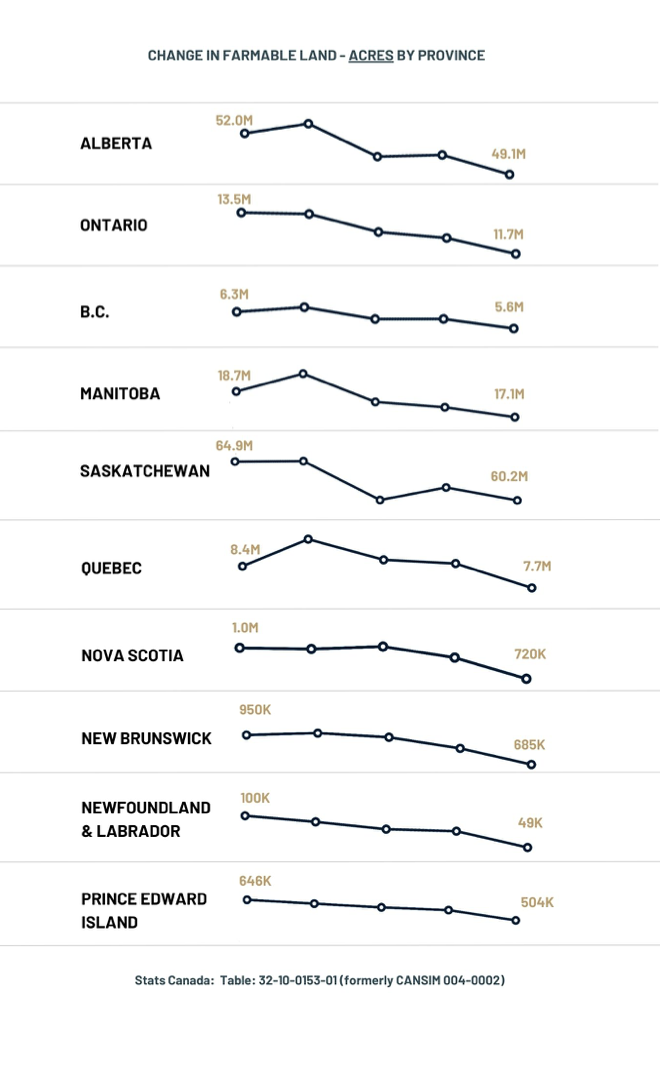
To look at Canada from the outside as a land mass, you would think that we have more than enough land to accommodate all of our farming needs and urban sprawl with room to spare.
Yet this is far from the truth and the landscape of Canadian farmland is changing drastically.
From east to west Canada has some of the most versatile and rich agricultural land in the world, with Ontario, Alberta, Manitoba, Saskatchewan & Quebec being home to a large chunk of that.
Some who don’t know the geography of our country claim that we should be looking further north in Ontario to increase our farmable land area while accommodating urban sprawl closer to our existing urban centres.
However, as pointed out by the Dominion Review (John Meyer), although there are spots of useable farmland, “most northern ground is Canadian Shield, permafrost and muskeg … with “very little agricultural potential and any good soil requires huge energy and fertilizer inputs”.
I think we all have an idea about why farmland is dwindling but let’s dig into a few major contributing factors.
1. Urban Sprawl
One big issue eating up our farmland is urban sprawl.
“For every million people we add to Canada’s population, we lose 530 square kilometers of prime farmland near our large urban areas” – Canadians for a Sustainable Society.
Much of the urban sprawl is happening on farmland closest to cities. This graph put together by Charles Brockman of the CBC shows the majority of the conversion of farmland into urban settlement is happening in the Greater Golden Horseshoe.
Urban sprawl has been happening on a large scale in an attempt to keep up with our exploding population. Yet, we are still experiencing housing supply and affordability issues.
Among the G7 countries, Canada has the lowest average housing supply per capita with 424 units per 1,000 people.
You might be asking how it is possible that this urban sprawl can take place on agricultural land – most of which is zoned agricultural.
Surely by-laws for an agriculturally zoned property only allow for a single detached dwelling, outbuildings and a possible accessory dwelling for labour accomodations.
Sadly these by-laws don’t mean anything to some.
Developers with deep pockets seem to easily sway municipalities and local governments into accepting a zoning change, allowing them to change its use and develop the land.
But, there is another avenue some well connected developers have been using.
Minister’s Zoning Orders (MZOs).
An MZO is a provision included in a Province’s planning laws (e.g. Ontario Planning Act) that gives the provincial government and municipalities the authority to override the typical planning and zoning protocols when considering the use of a piece of land.
Although planning laws in Alberta, B.C. and Saskatchewan allow for similar provisions to be used, as of the 2021 Auditor General’s Report: Land-Use Planning in the GGHS, no such provision had been used in these provinces. If you know of any, please email us here.
This provision was included for “situations of extraordinary urgency”. However, in recent years this tool has been misused to allow urban sprawl on farmland and wetlands. Often done without public or environmental consultation.
According to the same report, from 2019 to 2021, 44 MZO’s were issued (double the total number issued in the past 18 years).
All were issued for residential, commercial and industrial uses (5 being pandemic related) and not a single MZO was issued to conserve natural heritage or agriculture land as had been done in the past.
Of this 44, 18 MZO’s were issued on lands zoned agricultural.
Does this seem hard to believe? Well we have a few (of many) examples to share below.
1. Caledon – Old School Rd & Chinguacousy Rd (Brookvalley Phase 3)
4,550 dwellingsGranted MZO over the express opposition of Peel Region. If constructed as approved, this would enrich landowners connected to political donors with very strong ties to the government (Project Management Inc, Conservatory Group, Fieldgate Developments, Laurier Homes, Mattamy Homes, and Paradise). – Source
2. Niagara Falls – 8656 Mountain Road
Farmland to Golf CourseSome reports say this golf course will be built on good farmland, others say the farmland is not good but the proposal does require significant woodlands and watercourses to be protected and at least it will look like Greenspace???
3. New Tecumseth – Beeton – MZO approved to Flato Inc.
995 housing units & neighbourhood commercial space.
This is just a few examples – you can visit the map show below by clicking here to view information an locations of these MZO’s.
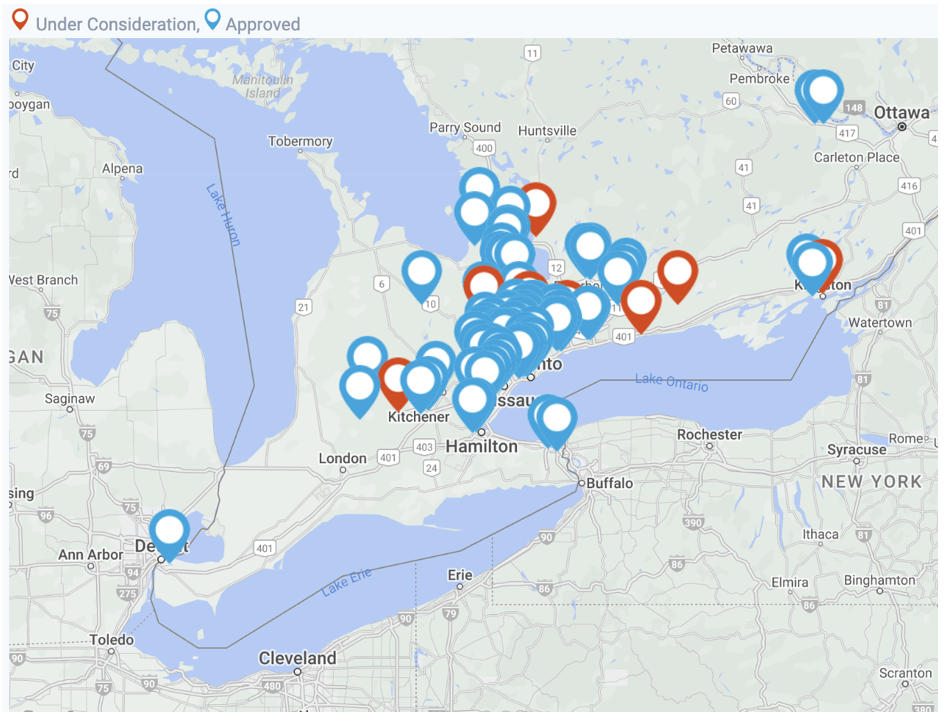
Urban sprawl doesn’t just include the building of residential neighbourhoods. With this sprawl comes other infrastructure projects such as commercial spaces, supporting facilities, industrial areas and more roads – all requiring a large amount of space.
2. Investment & Consolidation
The price of farmland is on the rise and has been for some time.
According to FCC’s most recent annual report (2023), Farmland prices across Canada have increased, on average, by about 9.1% annually for the last decade. From 2022 to 2023 price per acre nationally increased by 11.5%, down slightly from the pervious years 12.8% increase.
In case that isn’t crystal clear – it is still very expensive to buy farmland.
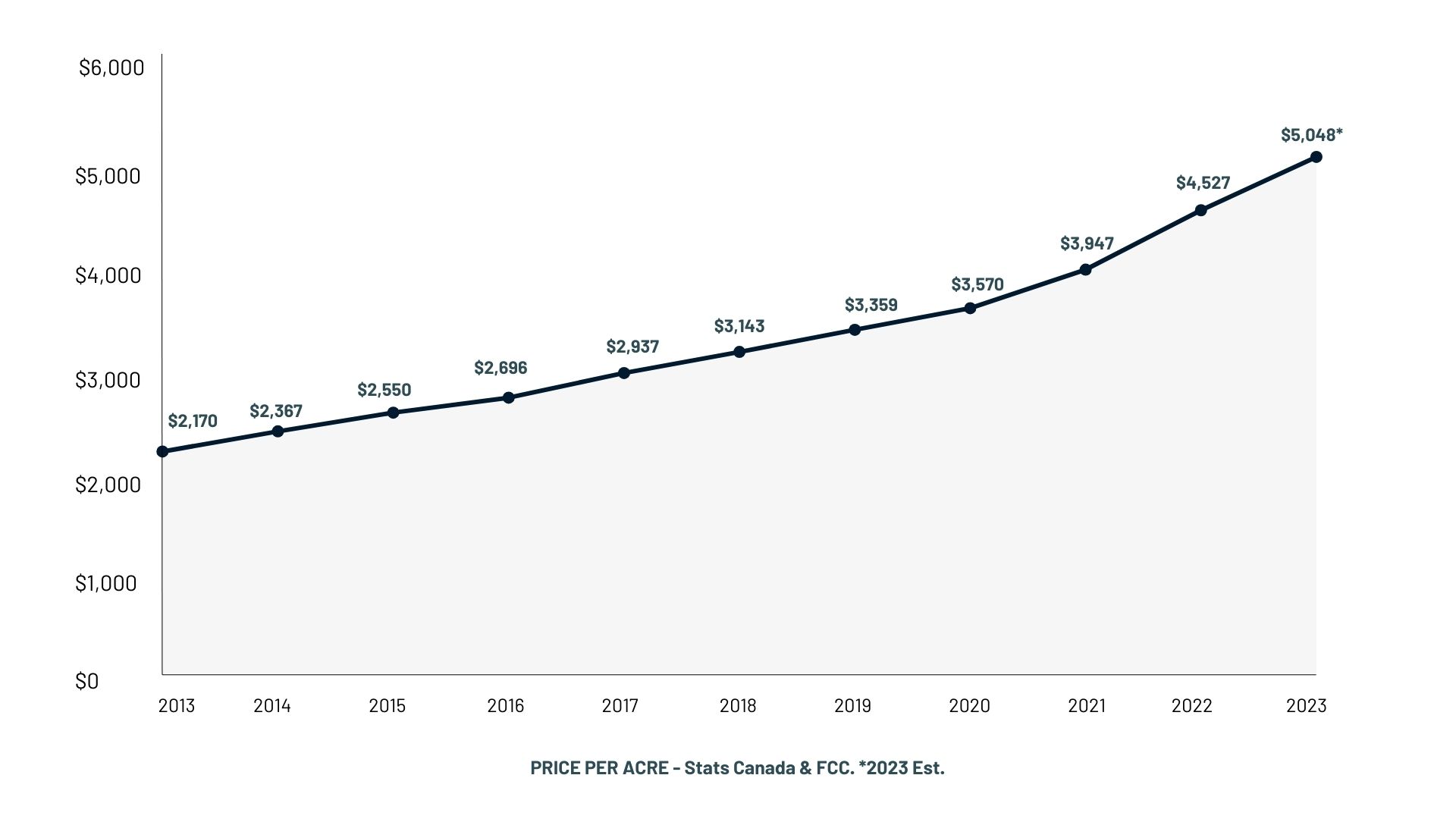
Canadian Farmland Price Per Acre – Stats Canada & FCC.
Christie Young of FarmLink stated, “If you’re a new farmer who’s trying to buy a piece of land and pay for it by working the land, it’s almost an impossible proposition,”
While those looking to expand existing farms look at financing options as a way to acquire more but often need a decent equity base to do so.
Not to mention the high cost of farm vehicles, machinery and other equipment that will be required.
Well established farms, businesses and investors continue to buy up farms to add to their operations which could be contributing to the 1.9% decrease in the number of farms from 2016 (193,492 farms) to 2021 (189,874 farms).
While there has been a 23% decrease in individual farms over the last 20 years, the size of farms has increased across the country.
In 2001 the average Canadian farm was ~ 676 acres compared to ~ 809 acres as of the most recent census (2021). And according to Stats Canada, the average farm size has nearly doubled over the last “50 years due to consolidation and technological advantages”.
This increase in the price of farmland has been a driving factor for many investors who are looking to farm land as a stable investment with promising returns.
FCC’s vice-president and chief economist J. P. Gervais states a 15% increase in the number of non-farmer investors over the last 10 years. This includes private equity firms who fund the purchase of farmland and lease back the farms to the farmer.
According to the 2021 Agricultural Census, ~6.5% of farms are owned by non-farmers. This is up from ~5% in the last 10 years.
One of the largest farmland investment companies, AGinvest, holds 6,000 acres of ON farmland, making about a 15% annual return since 2019.” Today, most of these companies’ websites boast fund returns of eight to 14 per cent annually” – Globe & Mail.
Many of the farmland investment companies claim to have a desire to keep the land in farming and help alleviate the financial strain on farmers, which they say has been a “saving grace” for some because of the rising price of farmland.
Some raise caution here … When profit is the main motive, stewarding the land could become secondary and a valid concern many have is that farm consolidation and investment corporations could lead to more intensive farming practices, destroying the viability of the land to grow crops or grass for livestock. If you can just turn around and sell this chunk of land to the next developer, what do the investors care about sustainability?
Of course this is not to say that every person investing in farmland feels this way and there seems to be genuinely forward thinking investment firms who don’t look at farmland in a solely speculative way like Andjelic Land, AGinvest and Equate Asset Management to name a few.
These investment firms should also not be confused with other investment firms who look at farmland as a solely speculative play with future development potential.
3. Lack of Generational & Family Farmers.
A worrying sentiment shared by many has been that we are losing both family farms and the family farmer.
An RBC report released early April 2023 reported that more than 40% of our farm operators would be retiring over the next 10 years leaving us with a shortage for farmers. Rising inflation, cost to acquire and lack of succession plans were cited as being the main reasons.
The reports solution suggests accepting 30,000 permanent immigrants by 2033 to take over existing farms and greenhouses.
This has been happening for a number of years through the various immigration programs such as the Agri-Food Pilot, Express Entry – Agriculture and Agri-food Occupations, as well as province specific programs like the AAIP (Alberta Advantage Immigration Program).
It is incredibly difficult to run and operate a successful farm, with many not being able to make a decent enough living for the next generation to be enticed to take it over.
To compete against the larger, firmly established operations is a massive feat very few want to undertake (understandably).
On this note, it is understandable that a farmer may want to cash out on his hard working by selling to a corporation or developer.
This does not mean Canadians are no longer farming, or that no young people want to get into farming but the numbers a dwindling.
As an aside – it is important to note that just because a farm is classified as a business or registered as a numbered company, it does not mean it is no longer a family farm.
4. Changing Landscapes

Perhaps playing a small part in the decline in the number of reported farms and farmland is the change to land characteristics itself.
Some of which is hard to account for accurately. For example, a farmer may mark a wooded area once used for grazing as a forest.
As stated by Darrel Cerkowniak ( a scientist at Agriculture and Agri-Food Canada), some arable land could also be “lost” as a result of flooding or re-naturalisation.
Other factors such as soil erosion, desertification, salinization, and contamination from industrial activities could also render farmland unsuitable for farming or grazing ultimately leading to a change of its use.
Although land conversion likely only accounts for a very small portion of the reported farmland loss.
On the other hand, in areas like Alberta, Ontario and Saskatchewan, the Canadian Agri-Food Policy Institute released a report in 2022 stating an increase in crop land due to pasture, forest, and wetlands being converted for growing crops.
As the value of farmland continues to rise, existing farmers or farm owners could be converting more of their woodlands, wetlands and meadows into farmland to expand their operation on their current property to avoid buying more, or to increase the value of their land. This of course causes issues for wildlife but that is a discussion for another day.
This may account in small part to the increase in the size of farms but not farmland.
Combating Famrland Loss
While increasing the number of mouths to feed every year, we are simultaneously decreasing our farmable land and green spaces.
The need for affordable housing in Canada has been at the forefront of many Canadian minds over the last 5-10 years, depending on when you started paying attention. Of course these issues need to be addressed but the expansion of urban sprawl onto valuable farmland is short sighted.
It is not enough to say “well we will just import our food.” Excuse me but f*** that. We need to be self-sufficient as well as support our existing farmers with local availability and our economy with continued exports.
Farmland is a finite resource which alone makes it valuable and results in rising prices over time.
Those with deep pockets are reportedly helping this along. Large companies who purchase farmland and green spaces as speculative assets with plans for future development are driving prices upwards.
These types of investors should not be confused with the equity funds or other investors who purchases land to lease back to farms and have intentions of keeping farming on farmland. Although, even these types of purchases are driving the price of farmland upwards.
Prices will continue to rise for the foreseeable future making the barrier for for those looking to get in or expand even higher.
Farmers and landowners are adapting as best they can – finding ways to use more sustainable farming practices, investing in new technologies, implementing renewable energy sources on their land and exploring new ways of selling direct to consumer.
The irony of allowing our valuable natural resource to succumb to urban development seems to be lost on those living in cities demanding farmers act in a more sustainable manner while they simultaneously continue to push for more housing, more amenities and more urban sprawl.
Continuing to put an immense amount of pressure on cities and expanding them while, allowing our rural areas and natural beauty to be swallowed up is not a solution.

